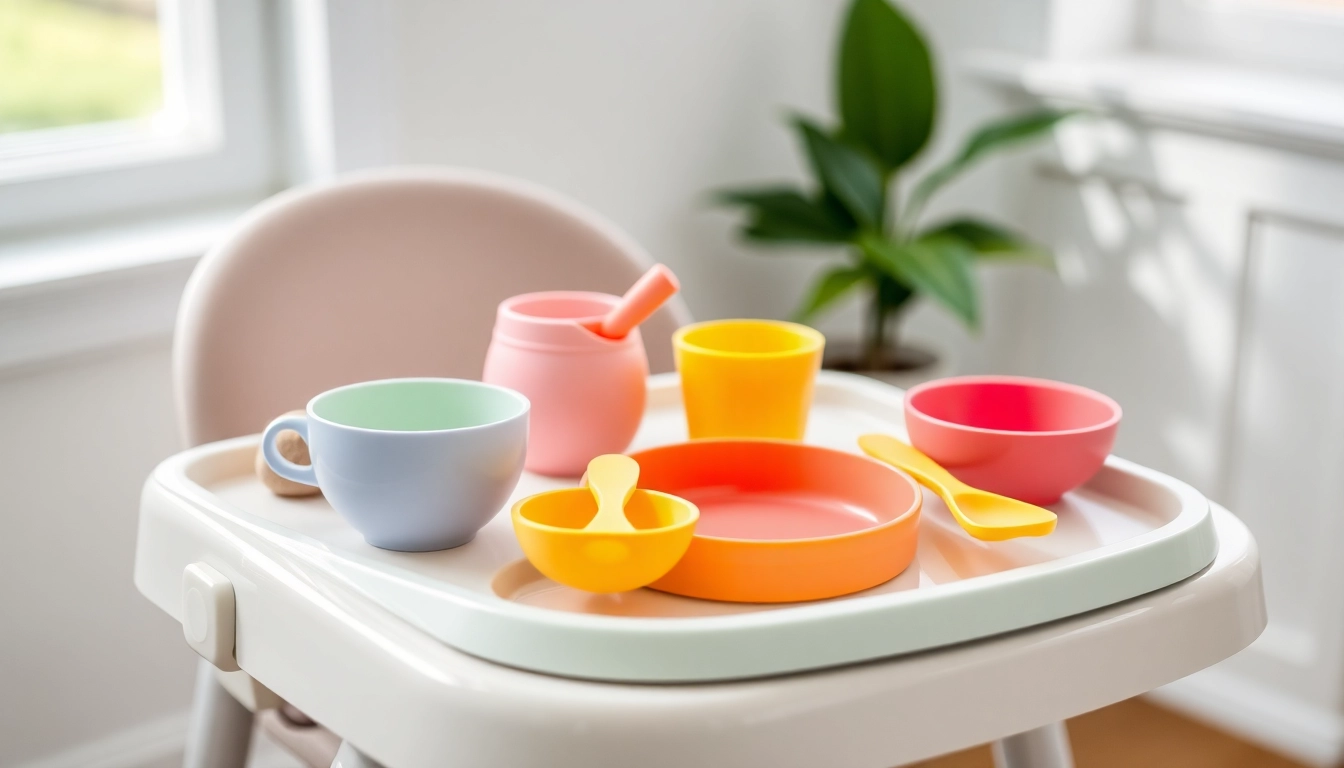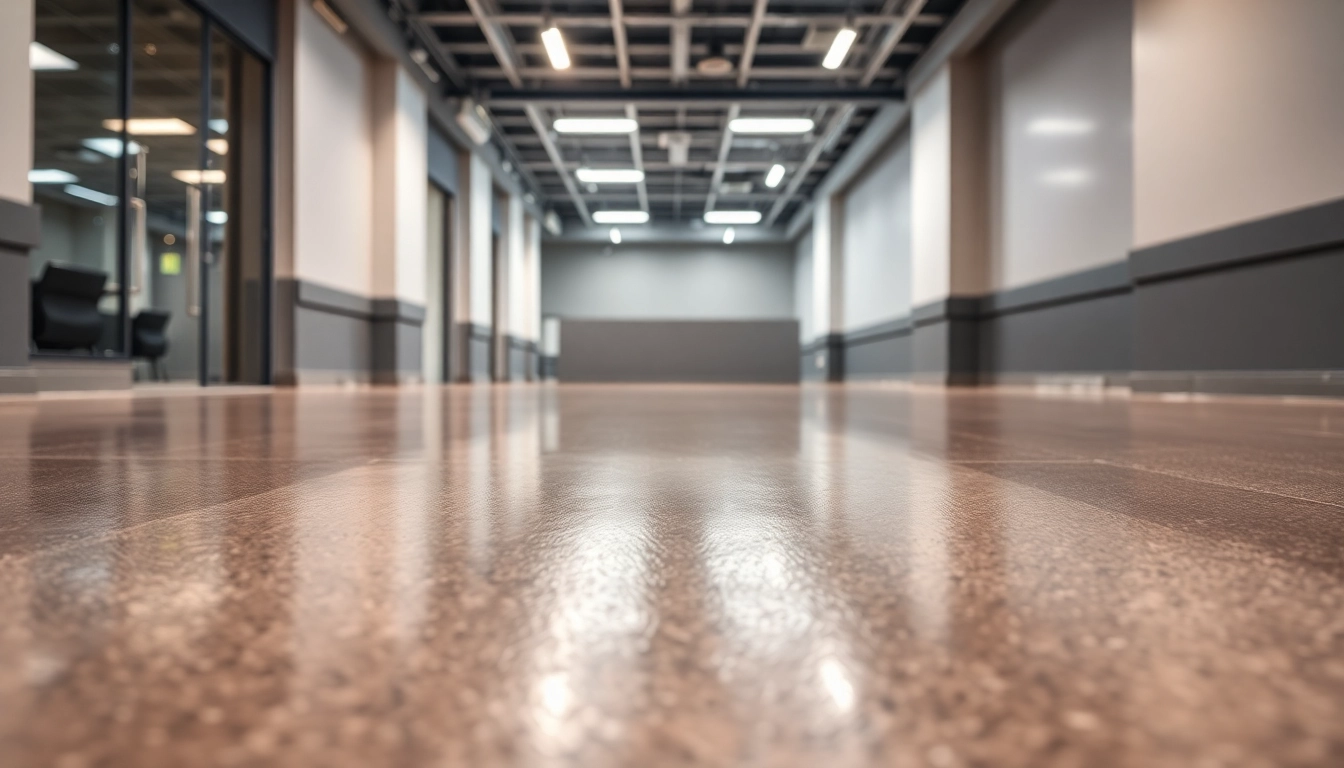Mastering Safe Silicone Baby Tableware: Best Practices for Parents and Caregivers
Introduction to Safe Silicone Baby Tableware
As parents and caregivers prioritize the health, safety, and development of their little ones, selecting the right baby tableware becomes a fundamental step in nurturing their growth. Among various options available on the market, safe silicone baby tableware has emerged as a leading choice due to its combination of safety, durability, and user-friendly features. This comprehensive guide explores everything you need to know about choosing, introducing, and maintaining silicone tableware to ensure a safe and enjoyable feeding experience for your baby.
Why Choose Silicone for Baby Tableware
Silicone has revolutionized infant feeding accessories with its exceptional properties. It is a synthetic, food-grade material that is flexible, heat-resistant, and non-toxic when manufactured according to strict standards. Its non-porous surface prevents bacteria buildup, making it hygienic and easy to clean. Moreover, silicone is free from harmful chemicals like BPA, phthalates, and PVC, which are often concerns with other plastics. These qualities guarantee that silicone is a safe choice for baby tableware, even during the most delicate stages of infancy.
Additionally, silicone’s flexibility allows for innovative designs, such as colorful, ergonomic, and toddler-friendly shapes, which can help stimulate a child’s interest in eating. Its silicone composition is also highly durable, capable of withstanding high temperatures and repeated washings without degradation, ensuring longevity and value for money.
Certifications and Safety Standards to Consider
When selecting silicone baby tableware, it is critical to verify certifications that confirm the product’s safety and compliance with strict European and international standards. Look for labels indicating conformity with regulations such as the European Food Contact Materials Regulation (EC 1935/2004) and the FDA approval for US markets. Certifications like ‘BPA-Free,’ ‘Ftalate-Free,’ and adherence to the LFGB (German Food and Commodity Act) standards are essential indicators of quality and safety.
Reputable brands, such as Bèbeboom, use only food-grade silicone that has been rigorously tested and certified, ensuring no toxic substances leach into food or liquids, even during high-temperature sterilization. Ensuring these certifications provides peace of mind, confirming that the product is designed with your child’s health as a priority.
Common Features of High-Quality Silicone Tableware
High-quality silicone baby tableware typically exhibits several key features which enhance usability, safety, and longevity:
- Non-Toxic Materials: Made from food-grade silicone free from BPA, phthalates, PVC, and other harmful chemicals.
- Antimicrobial Surface: Some products incorporate antimicrobial properties to further reduce bacteria.
- Vented and Non-Slip Bases: Equipped with suckers or vented bases to prevent slipping and promote stability during feeding.
- Bright, Engaging Colors and Shapes: Designed to stimulate visual and tactile senses, making meal times more engaging.
- Ease of Cleaning: Smooth surfaces that are dishwasher safe and resistant to stains and odors.
- Ergonomic Design: Shaped to fit comfortably in small hands, promoting independence and motor skills development.
Brands like Bèbeboom also integrate innovative features such as removable compartments, multi-sensory elements (like rainbow shapes or textured surfaces), and ergonomic utensils to facilitate self-feeding and developmental milestones.
Key Benefits of Using Safe Silicone Baby Tableware
Ensuring Safety and Avoiding Harmful Substances
Choosing certified safe silicone ensures that your child’s feeding environment is free from potentially toxic substances. Unlike some plastics, silicone does not degrade easily or leach chemicals when exposed to heat or varying pH levels, such as in fruits or juices. This significantly reduces health risks, especially as babies tend to chew and gnaw on utensils during teething phases.
Enhancing Developmental Skills Through Ergonomic Design
Silicone tableware often features ergonomically optimized shapes that are easy for small hands to grip, fostering motor development and independence. For example, set like Posatine (spoons and forks) are designed to teach proper grip and coordination, encouraging self-feeding and fine motor skills. Textured surfaces and colorful shapes can also stimulate sensory perception and help in language learning when mealtime becomes an engaging activity.
Durability and Ease of Cleaning for Busy Parents
Parents appreciate silicone’s resistance to wear and tear. It withstands microwave sterilization, dishwasher cleaning, and frequent use without cracking or fading. Its non-porous surface prevents staining and odor absorption, making maintenance quick and simple, which is vital for a fast-paced family routine.
How to Select the Best Safe Silicone Baby Tableware
Matching Tableware with Your Child’s Age and Needs
Select tableware suited to your child’s developmental stage. For newborns or early feeders, soft, pliable spoons in small sizes are ideal. As babies grow, transitioning to multi-compartment plates, bowls with suction bases, and utensils that promote self-feeding becomes suitable. Products like the Puppy Plate with Ventosa or Rainbow Silicone Plates from Bèbeboom are designed to evolve with your child’s increasing independence and motor skills.
Design Considerations: Colors, Shapes, and Features
Bright colors and playful shapes can make mealtime more appealing. Consider ergonomic features such as non-slip bases, easy-grip handles, and removable sections to accommodate different food textures and adult supervision needs. Also, choosing products with smooth, rounded edges ensures safety during handling and cleaning.
Reputable Brands and Product Certifications
Opt for established brands with transparent manufacturing processes and product certifications. Bèbeboom exemplifies this approach, offering products in certified food-grade silicone, ensuring safety and compliance with European standards. Always check for clear labeling indicating certifications and safety test reports before purchase.
Practical Tips for Introducing Silicone Tableware to Babies
Timing and Gradual Transition Strategies
Introduce silicone tableware gradually, starting around 6 months, when babies begin self-feeding. Initially, use familiar utensils alongside traditional ones to ease the transition. Consistently demonstrate and supervise the use of new tableware to foster confidence and positive associations with mealtime.
Ensuring Proper Usage and Safety Tips
Always supervise your child during meals to prevent misuse. Ensure that suction cups or anti-slip bases are securely attached to surfaces. Avoid exposing silicone utensils to open flames or using abrasive cleaning pads that could damage the surface. Regularly inspect for signs of wear or damage and replace if necessary.
Combining Silicone Tableware with Healthy Feeding Practices
Complement the use of silicone tableware with nutritious, balanced meals. Practice patience and encouragement during self-feeding to foster independence, sensory exploration, and proper chewing habits. Use variety in textures and flavors to stimulate palate development and support oral-motor skills.
Maintenance, Cleaning, and Troubleshooting
Effective Methods for Cleaning Silicone Products
Cleaning silicone tableware is straightforward. Most are dishwasher safe, but for hand washing, use mild dish soap and warm water. For stubborn stains, create a paste of baking soda and water and gently scrub. Rinsing thoroughly ensures no residues remain that could affect taste or safety.
Dealing with Stains or Wear Over Time
While silicone is highly resistant, stains from strong dyes or food coloring may occur. These can often be removed using a vinegar soak or baking soda scrub. Over time, minor fading or scratches may appear; however, these do not compromise safety. If silicone becomes cracked or excessively worn, replace the product promptly to maintain safety standards.
When and How to Replace Worn or Damaged Tableware
Routine checks are essential. Discard and replace any items showing cracks, tears, or degradation that might harbor bacteria or pose a choking hazard. Ensure replacement products meet current safety certifications. Regular updates of tableware align with best practices, ensuring continued safety and durability.











